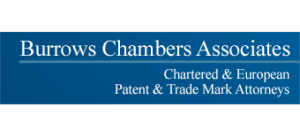It is important to note that your invention must remain confidential until at least the date of filing your Patent Application, otherwise your own disclosure of the invention may invalidate the Patent / Patent Application.
When one files a Patent Application, in addition to the required forms, one must file a document which describes your invention, and that is called a Patent Specification. A normal Patent Specification has two main parts, a set of claims and a description, and the Specification has the dual purpose of legally defining the monopoly sort, which is achieved through the filing of the claims, and technically detailing at least one example of the invention, which is achieved through the filing of the description – including any supporting drawings, data, etc.
Generally speaking, inventions fall into two main categories being either an apparatus or what can be termed a method, and such apparatus claims, method claims or combinations of both types are used to protect all forms of invention.
Patents are territorial and, typically, one starts with a Patent Application in the UK, and then considers building up protection from there.
The process for achieving grant of a Patent takes a number of years in the UK and involves the main steps of filing, and then the Patent Office conducts a search of the invention, publication of the Application as filed, examination for the four criteria mentioned above, and, finally, grant.
A granted UK Patent prevents third parties from copying your invention, without consent, and also provides eligibility to the Patent Box, which provides a reduction in corporation tax payable on World-wide profits from Patented inventions.
